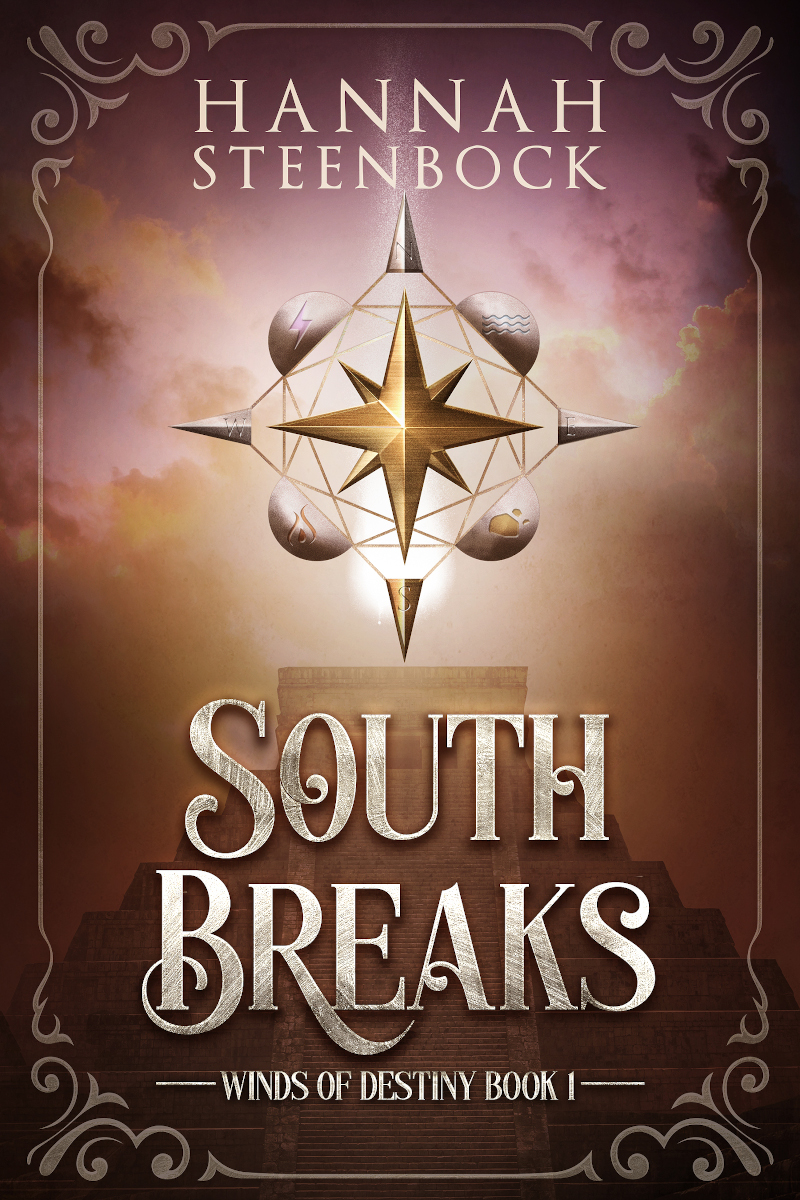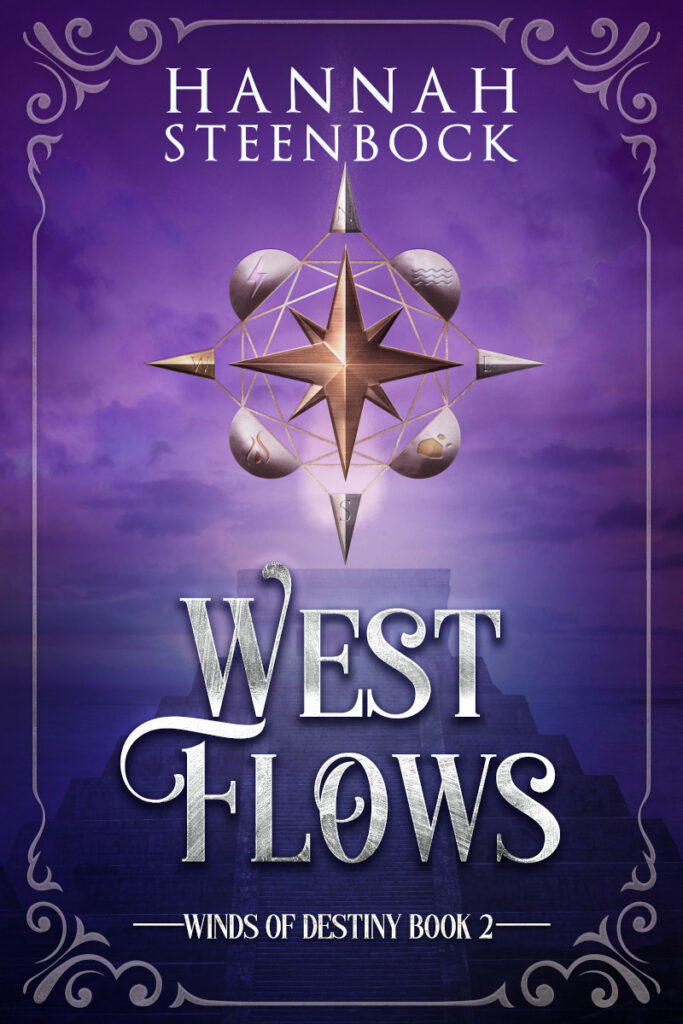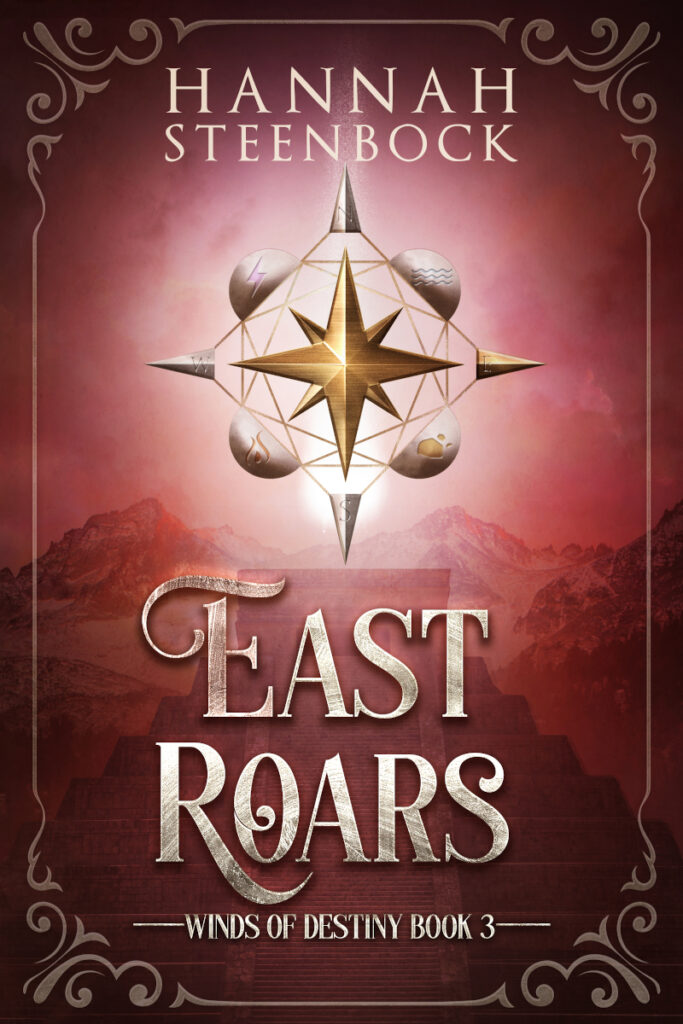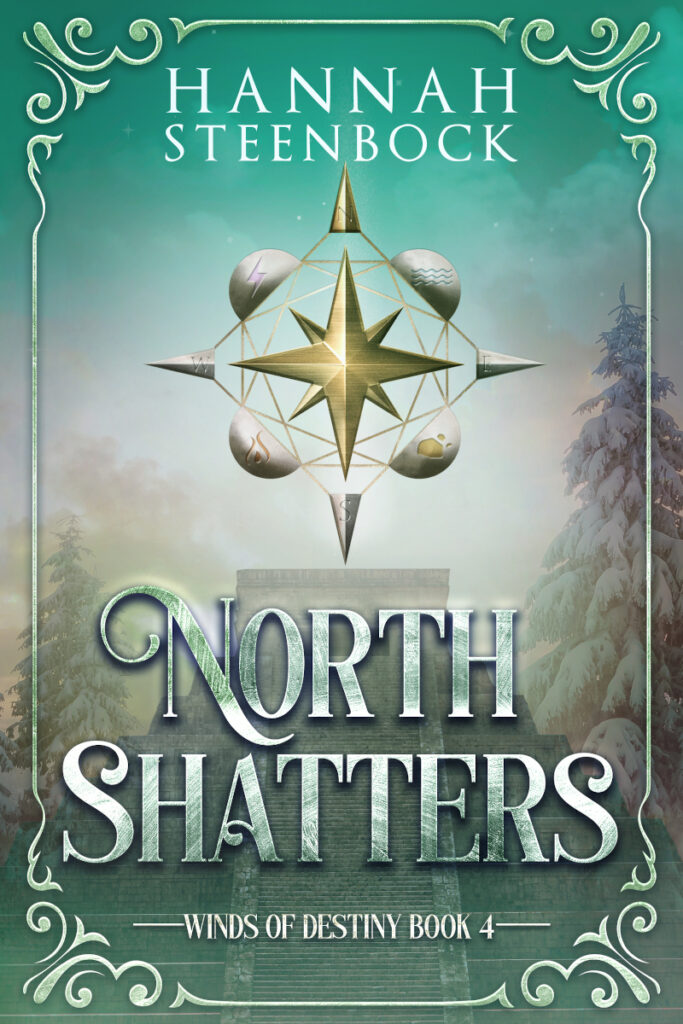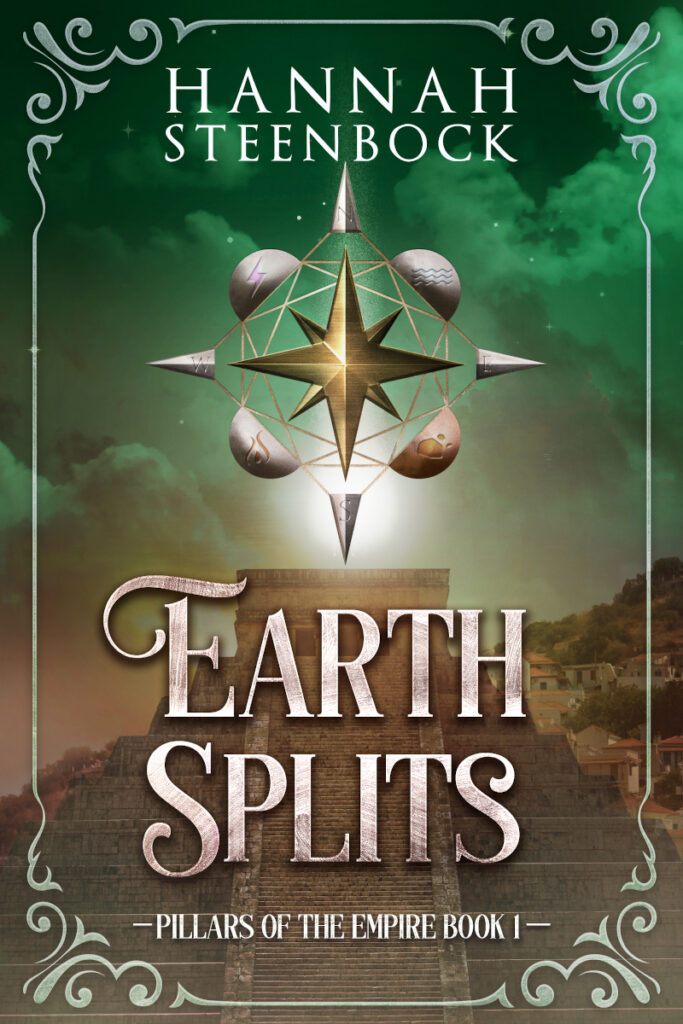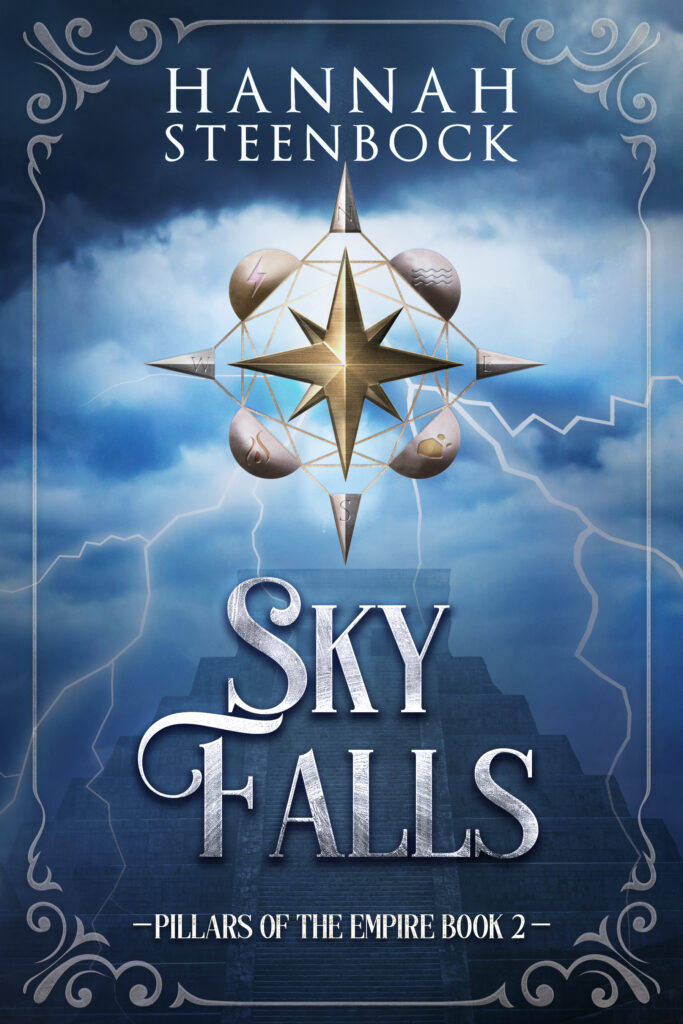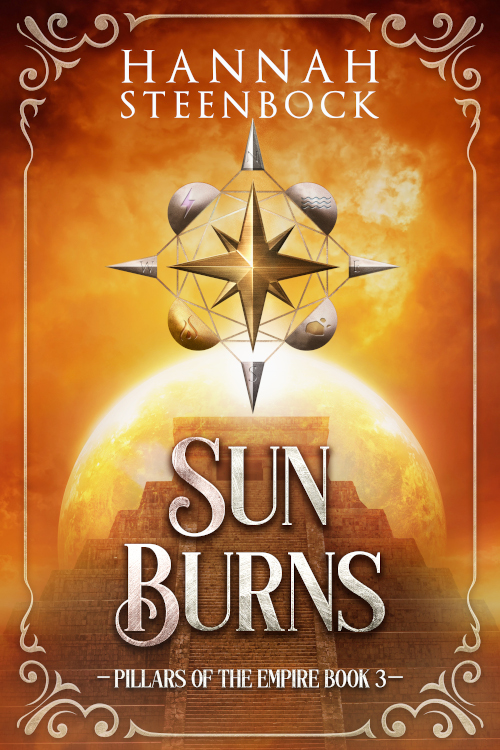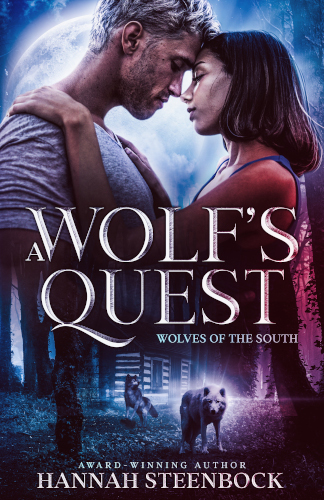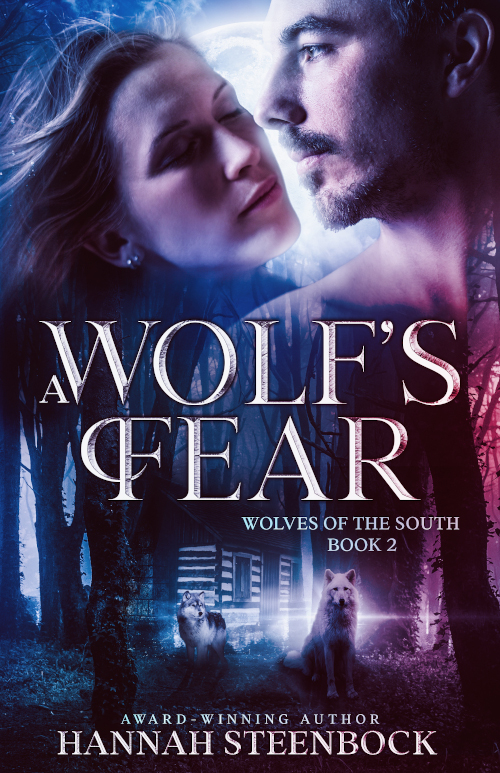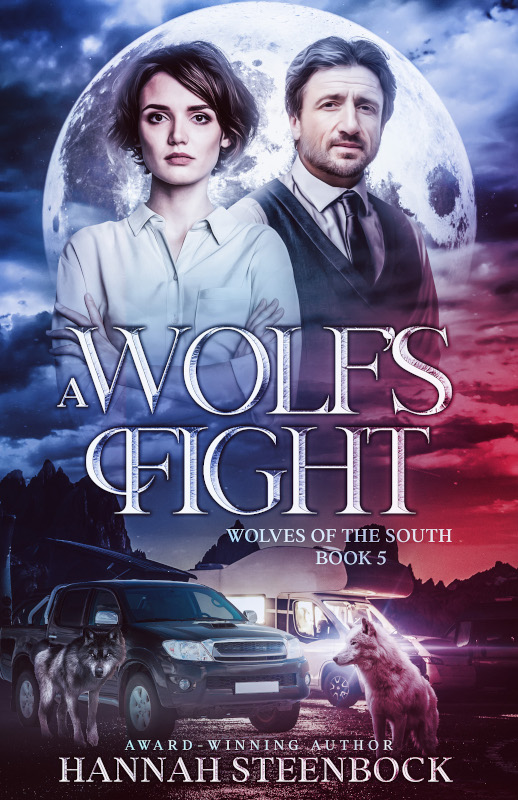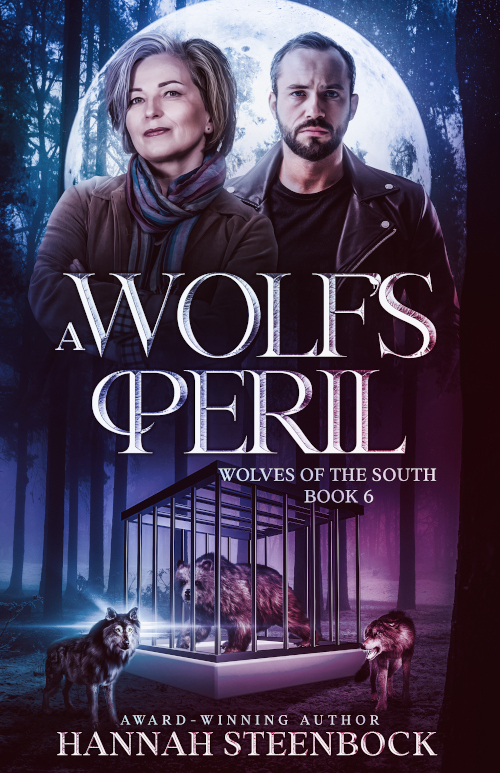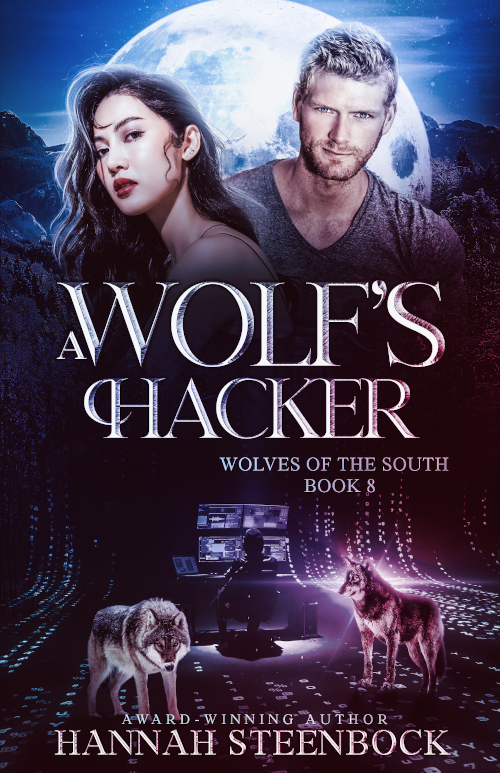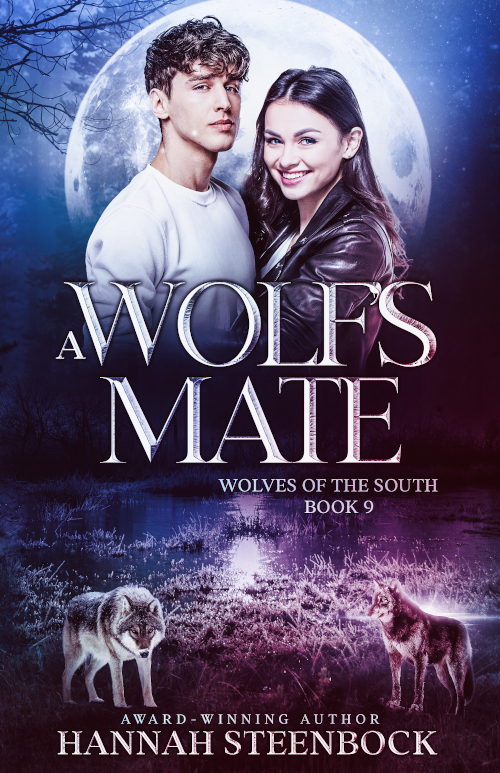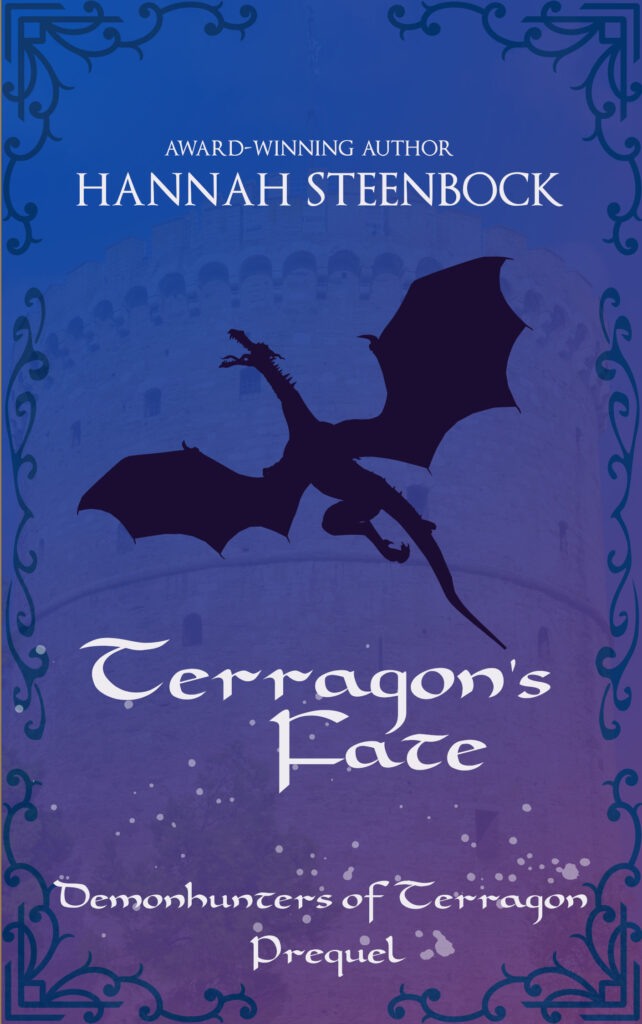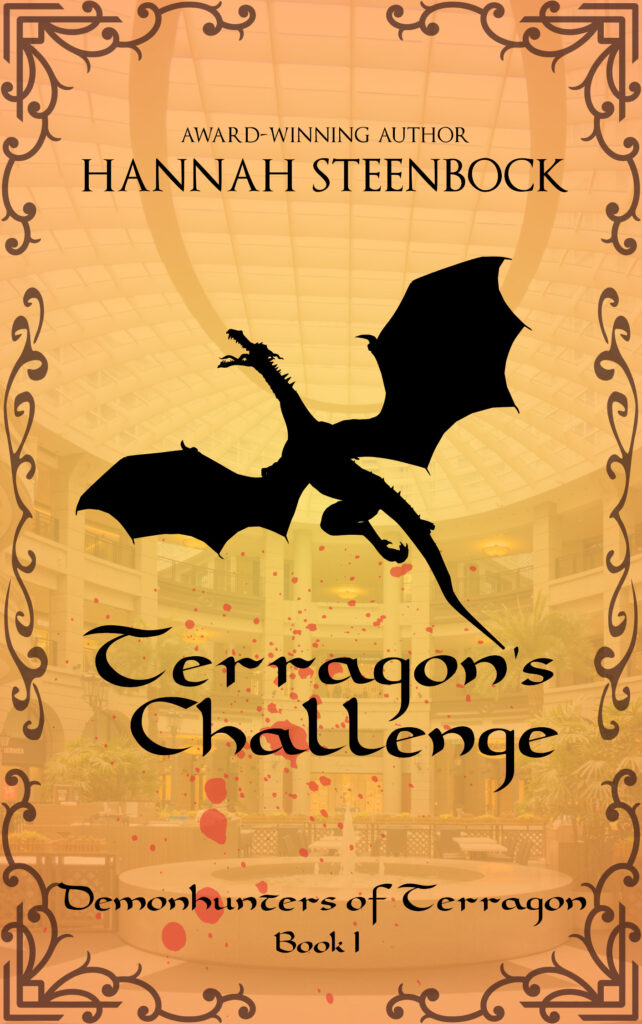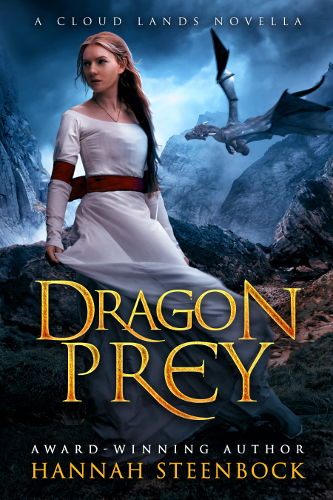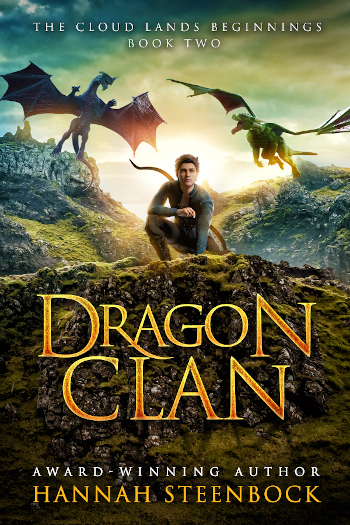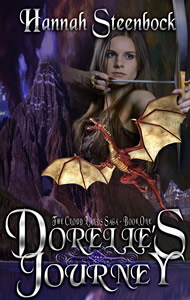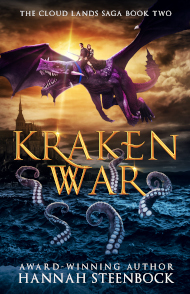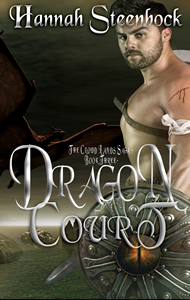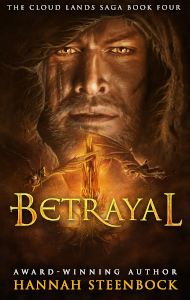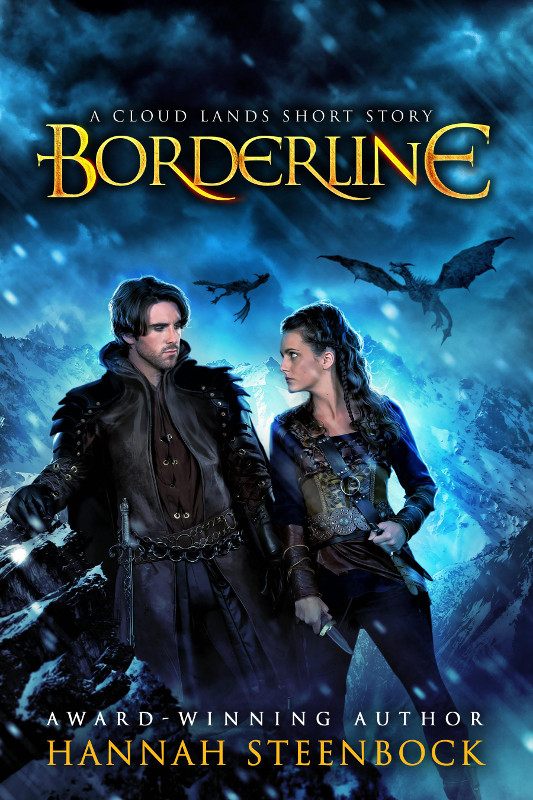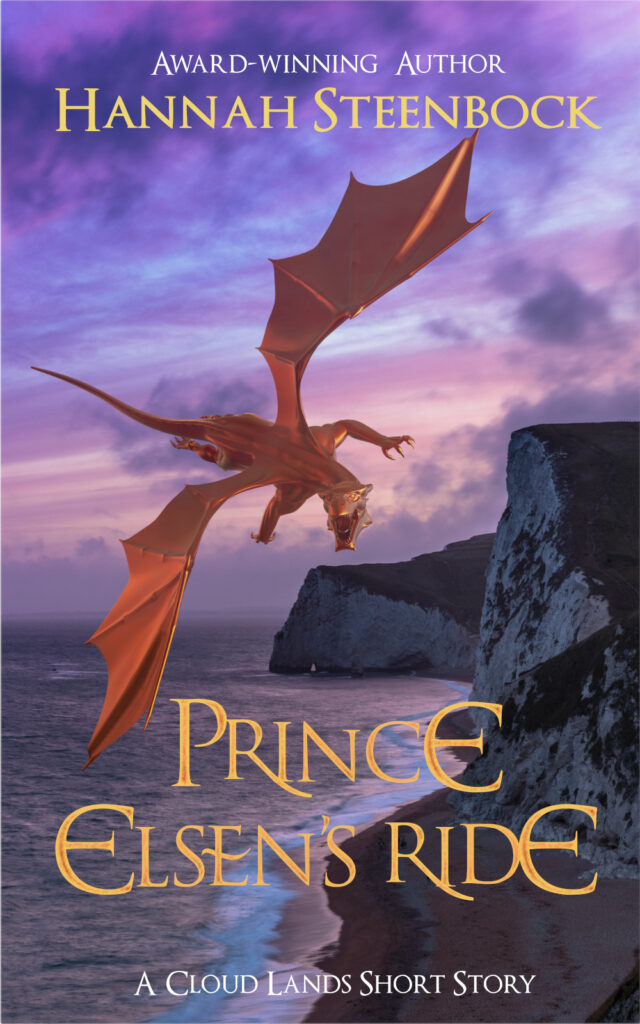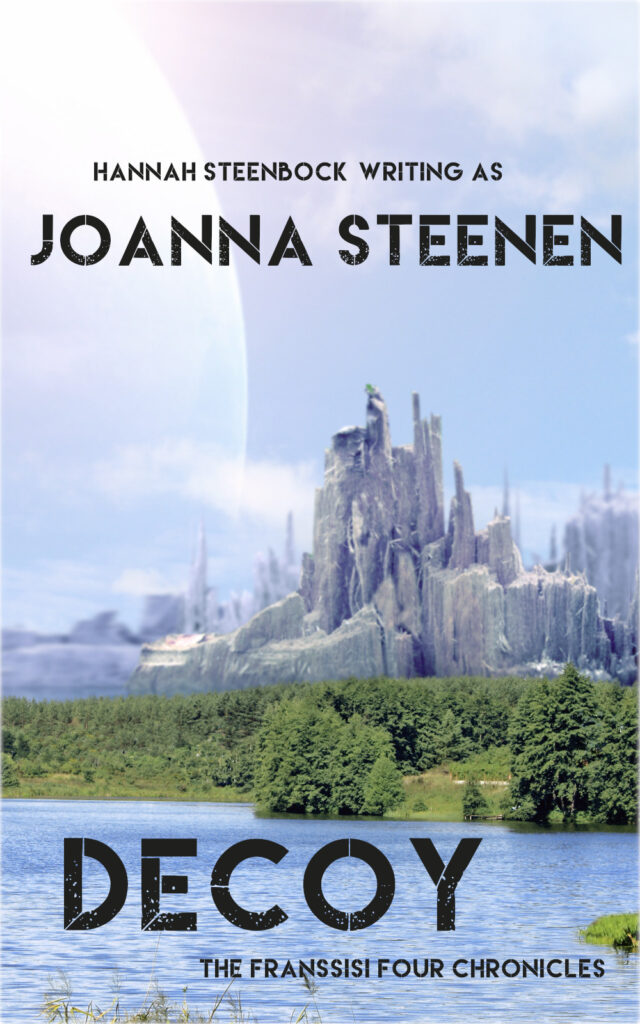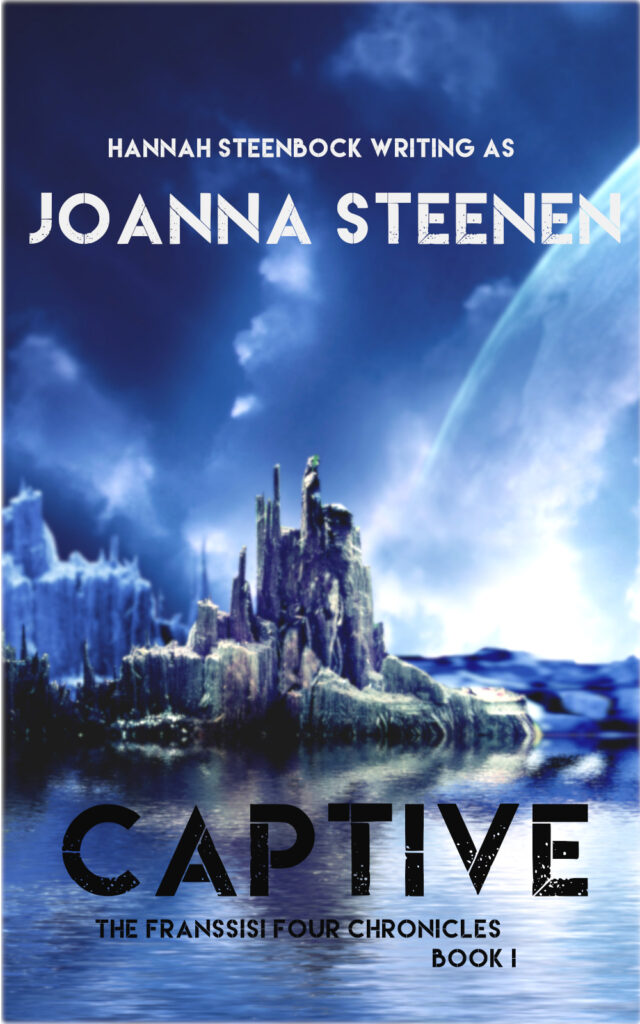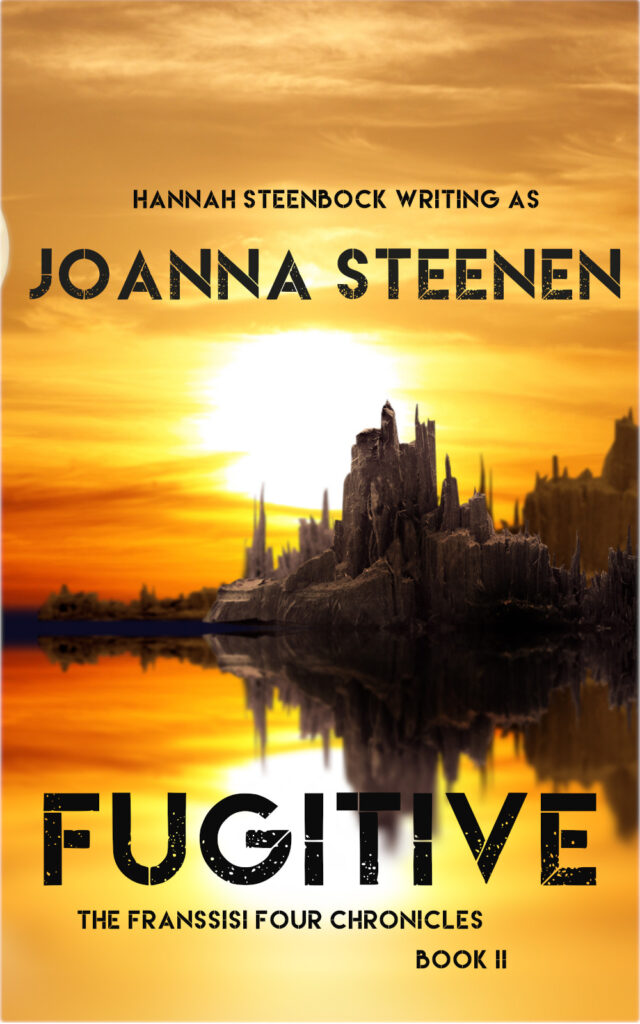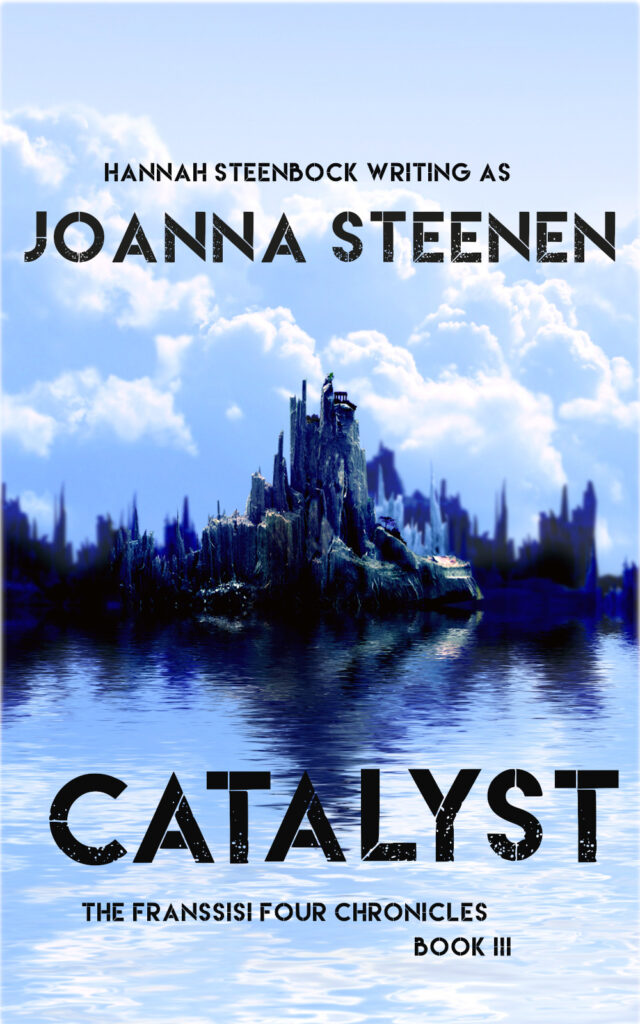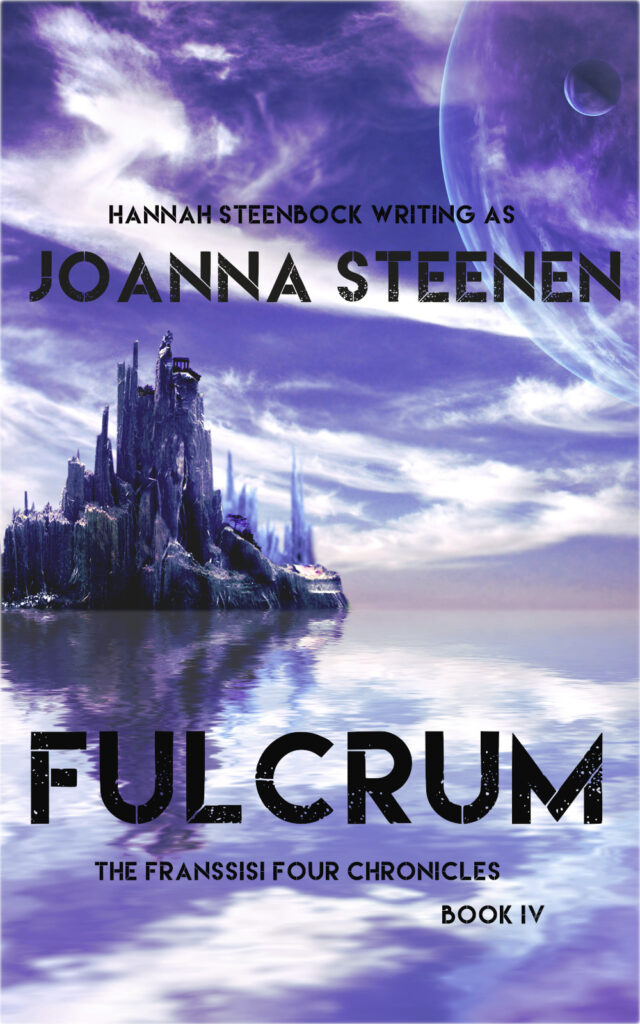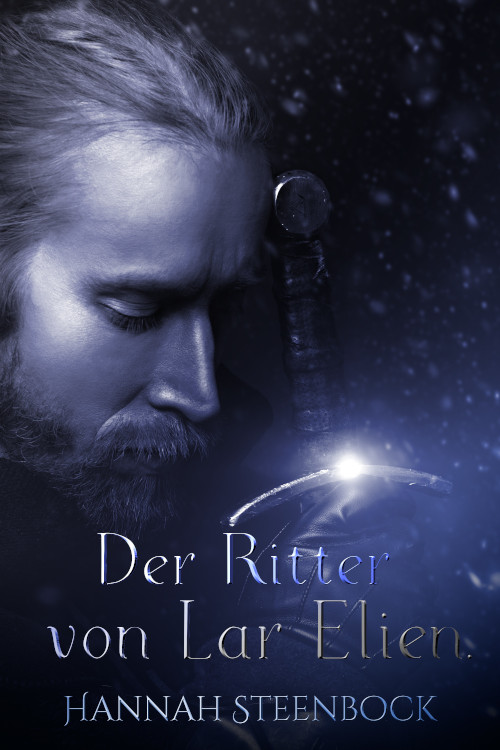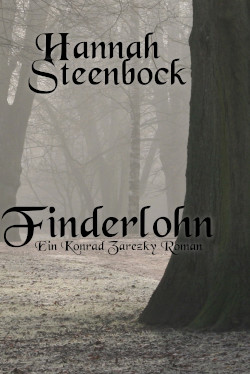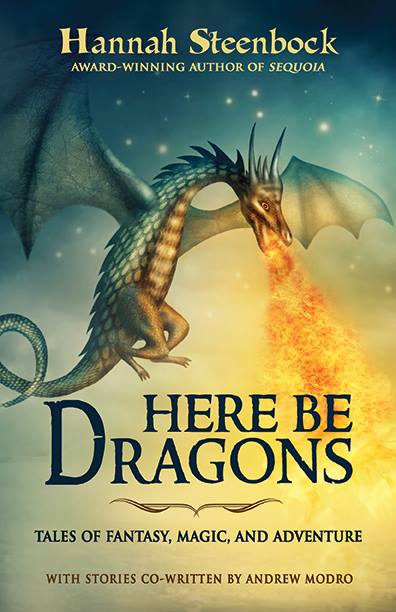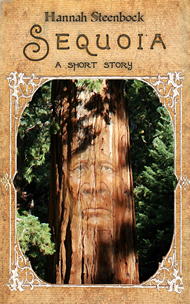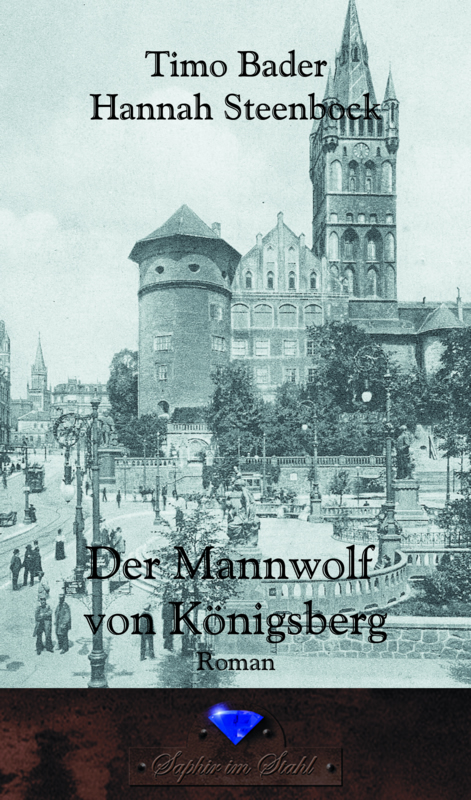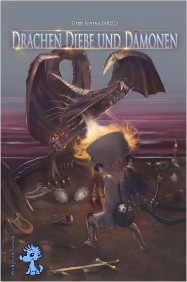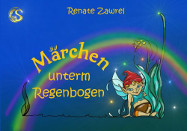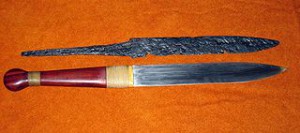
Seax
I found myself grinning wickedly when I discovered another archaeology article this morning. This one is about an Etruscan grave. When it was opened for the first time, it contained the remains of two people, a lance, a vase and some jewelry.
Yes, they thought. Classic. An Etruscan prince on his own, wide slab with the lance, and his wife on the second, narrower slab. How romatic to have the two of them in a single grave, with all the goods in place. And news of a great Etruscan Prince made the rounds.
Exept it wasn’t.
Turned out, the body that was buried with the lance was the body of a woman. The other body on the narrow slab belonged to a man. (That little, disquieting fact didn’t actually get a lot of attention, quite different from the original discovery of the tomb.)
So what did archaeologists make of it? This is what the excavator said:
“The lance, most likely, was placed as a symbol of union between the two deceased.”
Which isn’t even true, as the lance lies on the wall side of the body, not “between” them, let alone ignoring the path between the two burial slabs. (You can see that in the article I link further below.) However, this kind of wild interpretation is typical when a grave situation does not follow along the usual lines of men being the warriors and women being the ones taking care of household duties.
Now, I’ve seen this years ago in an extensive, celebrated exhibition about Charlemagne and the Saxons. Among many other things, the organizers displayed the grave goods found with the bones of a woman. That is, anthropology said the bones belonged to a women. Yet they discovered a seax in her grave. A solid, iron fighting weapon. Cudos to them for displaying it. But what did they call that weapon?
A weaving sword.
Weaving swords are long wooden implements used to push the woven fabric together on a warp-weighted loom. An iron tool with one sharp edge is simple not suitable for that kind of work.
It’s just massive bias that led to mislabelling an unmistakable weapon as household implement – anything to make it clear that woman couldn’t have been a warrior!
And the same bias is messing with the interpretation of the finds in that Etruscan tomb. NO FEMALE WARRIORS. Ever.
Fortunately, this no longer holds, as there are people who can imagine an Etruscan warrior princess, and look beyond the bias. As you can read here:
How a Prince Became a Princess
What does that mean for us writer types?
Be open. Play with stereotypes. Surprise your readers. And most of all, give women a good, active role in your stories. They don’t have to fight with a seax or a speer. Just don’t paint them as dumb household doxies. Okay?
So what would you like your female MC do today? Share in the comments!
Image courtesy of User:Bullenwächter at Wikimedia Commons


